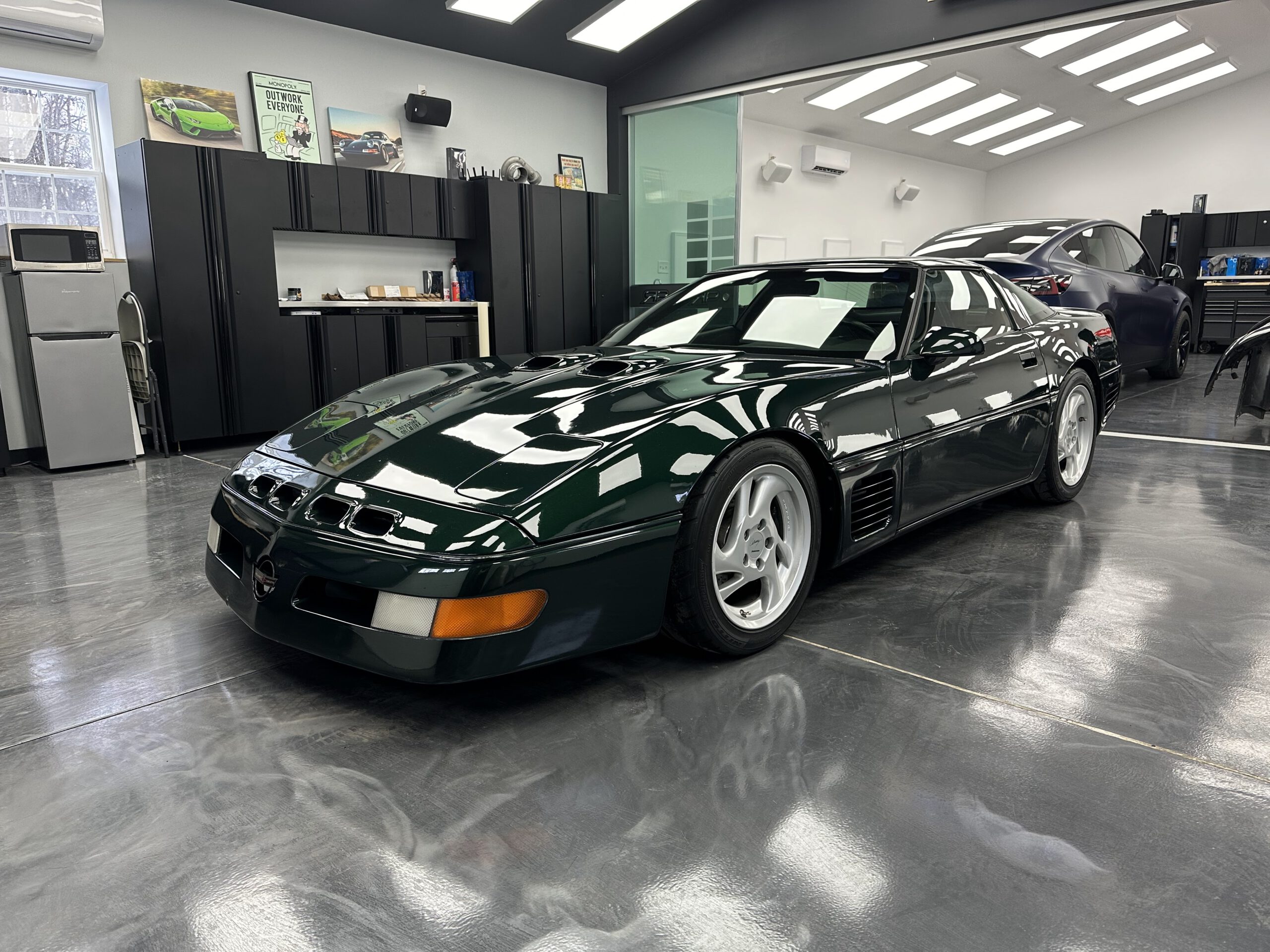Preserving the Shine with Ceramic Coating: The Dos and Don’ts of Pressure Washing Ceramic-Coated Cars
 As a car owner, did you know that ceramic coatings from Relentless Perfection Car Detailing can provide years of protection for your vehicle’s paintwork?
When it comes to maintaining that showroom shine, pressure washing can be a convenient solution. However, not all pressure washing techniques are suitable for ceramic-coated cars.
Understanding the dos and don’ts of pressure washing these vehicles is important to preserving the integrity of the coating.
Stay tuned to learn the essential tips that will help you keep your ceramic-coated car looking its best for years to come.
As a car owner, did you know that ceramic coatings from Relentless Perfection Car Detailing can provide years of protection for your vehicle’s paintwork?
When it comes to maintaining that showroom shine, pressure washing can be a convenient solution. However, not all pressure washing techniques are suitable for ceramic-coated cars.
Understanding the dos and don’ts of pressure washing these vehicles is important to preserving the integrity of the coating.
Stay tuned to learn the essential tips that will help you keep your ceramic-coated car looking its best for years to come.
Key Takeaways
- Use a pressure washer with appropriate PSI and distance.
- Work methodically in sections from the top down.
- Avoid high-pressure, swirl marks, and harsh cleaning tools.
- Gentle drying and finishing techniques maintain the ceramic coating.
Understanding Ceramic Coating Basics
To properly grasp the essence of ceramic coating Langhorne PA, you must understand its chemical composition and protective properties. Ceramic coatings are liquid polymer solutions that are applied to the exterior of vehicles to provide a protective layer. These coatings contain ceramic nanoparticles that form a strong bond with the surface of the car when applied correctly. The primary benefit of ceramic coatings is their ability to protect the car’s paint from environmental contaminants such as dirt, dust, and bird droppings. Additionally, ceramic coatings offer UV protection, preventing the sun’s rays from fading the paint over time. When it comes to applying ceramic coatings, there are specific techniques that must be followed for the best results. To start with, the surface of the car must be thoroughly cleaned and decontaminated before applying the coating. This ensures that the coating adheres properly to the paint. The coating should be applied in a cool, shaded area to prevent it from drying too quickly. Using a microfiber applicator pad, apply the coating in overlapping motions, ensuring full coverage. Once applied, allow the coating to cure for the recommended time before exposing it to water or other elements. Understanding the benefits and proper application techniques of ceramic coatings is essential for maintaining the shine and protection of your car’s exterior.Selecting the Right Pressure Washer
Understanding ceramic coatings for cars can influence the type of pressure washer you should choose for cleaning ceramic-coated vehicles efficiently and safely. When selecting the right pressure washer, there are several factors to ponder, including the ceramic coating cost.- Water Pressure Settings: Opt for a pressure washer with adjustable water pressure settings to make sure you can customize the intensity of the spray according to the task at hand. This feature is vital when dealing with delicate ceramic coatings to prevent any damage.
- Pressure Washer Maintenance: Look for a pressure washer that’s easy to maintain. Regular maintenance is necessary to guarantee the longevity of the machine and its peak performance. Choose a model that offers straightforward maintenance procedures to keep it running smoothly.
- Portability and Maneuverability: Take into account the size and weight of the pressure washer. A portable and easily maneuverable unit will allow you to navigate around the vehicle with ease, reaching all areas that require cleaning without hassle.
- Quality of Nozzles: Pay attention to the quality of the nozzles that come with the pressure washer. High-quality nozzles can make a significant difference in the effectiveness of the cleaning process. Opt for a pressure washer with durable, versatile nozzles for better results.

Dos for Pressure Washing Ceramic-Coated Cars
Consider the best water pressure settings when pressure washing ceramic-coated cars to guarantee effective and safe cleaning. Proper technique is vital to maintain the ceramic coating’s integrity and shine. Start by using a pressure washer with a PSI between 1200 and 1900. This range is important enough to avoid damaging the ceramic coating while still providing ample power to remove dirt and grime effectively. Additionally, a wide-angle nozzle is utilized to disperse the water evenly and reduce the intensity of the spray on the car’s surface. When pressure washing a ceramic-coated car, always maintain a distance of at least 12 to 18 inches between the nozzle and the car to prevent any potential damage. Remember to work in sections, starting from the top and moving downwards, ensuring thorough cleaning without missing any spots. As you wash, keep the nozzle moving to prevent concentrated pressure on one area, which could lead to streaking or even chipping of the ceramic coating. Maintenance tips are essential for preserving the ceramic coating’s longevity. After pressure washing, consider applying a ceramic coating booster to enhance the shine and protection. Regularly inspect the coating for any signs of damage or wear and address them promptly to prevent further deterioration. By following these dos and maintenance tips, you can keep your ceramic-coated car looking pristine and well-protected.Don’ts to Avoid Damaging the Ceramic Coating
Avoid using high-pressure settings that exceed the recommended PSI range when pressure washing ceramic-coated cars to prevent damaging the protective coating. Ceramic coatings are durable, but they can still be scratched or damaged if not handled correctly. Here are some important don’ts to keep in mind:- Avoid swirl marks: Marks can compromise the integrity of the ceramic coating. Be cautious to prevent marks during the washing process.
- Gentle Cleaning Techniques: Harsh chemicals and abrasive tools can wear down the ceramic coating over time. Stick to gentle cleaning techniques to preserve the coating’s longevity and effectiveness.
- High-Pressure Water Streams: Using high-pressure settings can force water and debris past the coating, leading to potential damage. Stay within the recommended pressure range to avoid this risk.
- Abrasive Materials: Avoid using abrasive materials like rough sponges or brushes. Opt for soft microfiber cloths and gentle cleaning tools to maintain the coating’s protective properties.
